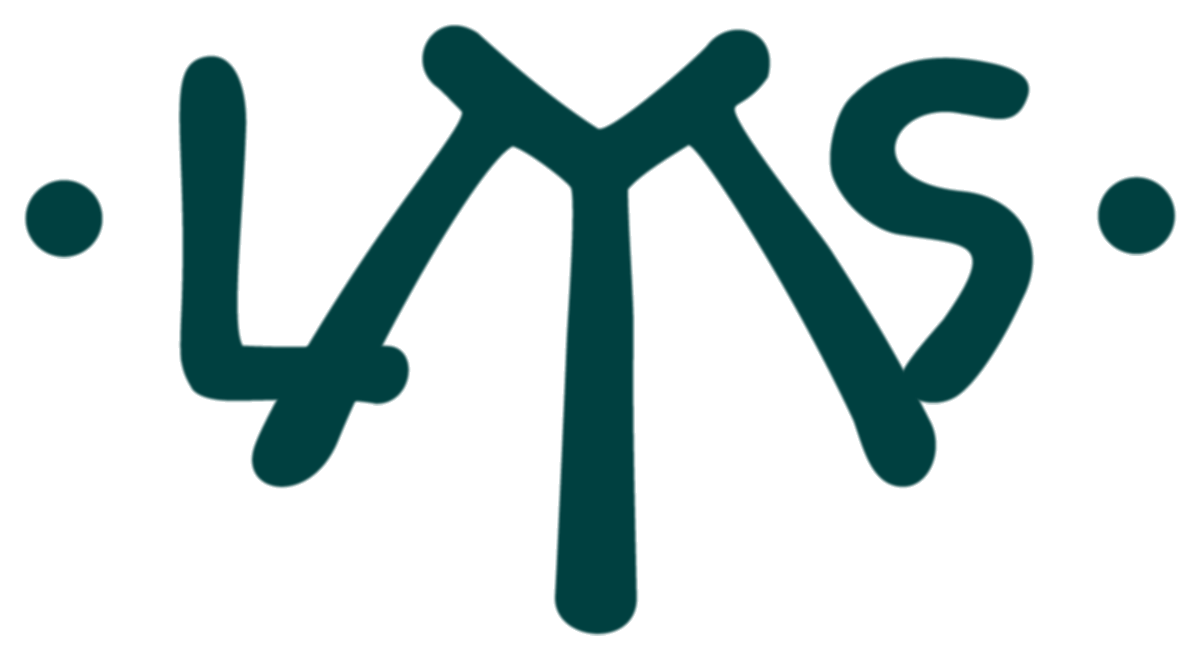How to change classical guitar strings
Here I would like to present you with the way I usually change classical guitar strings. I know there are several methods to satisfactory achieve this, but I know as well that many guitar players have a difficult time getting it right, or just do itin an overly complicated way.
Hopefully you will find this little walkthrough to be useful and easy to understand!
Main objectives
1) The strings have to be tied properly so that they don’t slip. This is especially true with the plain strings (1st, 2nd and 3rd) which are slippery by nature.
2) The strings have to be wound as little as possible to allow for better tuning. Remember that the string will stretch all the way from where it's tied, not from the point from which it leaves the roller. Every unnecessary revolution around the roller will add up to its stretching length, making tuning more difficult.
Part I – The bridge
*Make sure to work on a firm surface. Using some kind of rug or other soft material will prevent unnecessary scratches to the finish!
Plain strings – start with the 1st
1) Pass the string through the hole coming from the saddle side and draw the end about 10cm (4’’), or just enough to let you work comfortably.
2) Pass the end of the string around itself.
Then, aided by your thumb, wind the string end onto itself three times.
3) Hold the free end of the string between the rear face of the tie block and the string, and pull from the other side until the knot tightens completely.
If you used your right-hand thumb to wind the string in step 2, then the string end should be pointing downwards... -i.e., away from you.
4) Proceed to part II.
Wound strings – start with the 6th
1) Pass the string end through the hole just as you did with the other strings.
2) Aided by your thumb, pass the string end around itself and bend the last 6mm (1/4’’) or so of the string to an L-shape pointing towards you.
3) Hold the L-shaped string end between the rear face of the tie block and the string, and pull from the other side until the knot tightens completely.
4) Proceed to part II.
Part II – The tuners
1) Turn all rollers so that the holes are pointing upwards and a bit towards the bridge.
2) Pass the string over and around the roller, then through the hole from underneath.
3) Wind the string several times around itself (2 times will be enough for wound strings while 3 or more times are necessary for plain strings).
4) Pull the string end towards the bridge to tighten the playing part of the string as much as possible.
5) Then pull the string end away from the bridge with one hand (the winding you just made will curl itself up against the hole) and start turning the knob with your other hand.
6) When you are about to complete the first turn you can lead the string with your finger so that it starts winding toward the tuners and not towards the middle of the head. This is to avoid unnecessary stress on the tuning mechanism.
After you have made sure that all strings are tied properly, you can proceed to cut the remaining string ends so that they don't interfere with your hands or cause buzzing.
As you get used to this process you won't need a stable surface anymore. I often change the strings sitting on a chair. To work on the bridge I'll hold the guitar on my lap, then to work on the head I'll extend my legs and rest the guitar's body on my toes.
Please feel free to leave your comments or questions below!




















